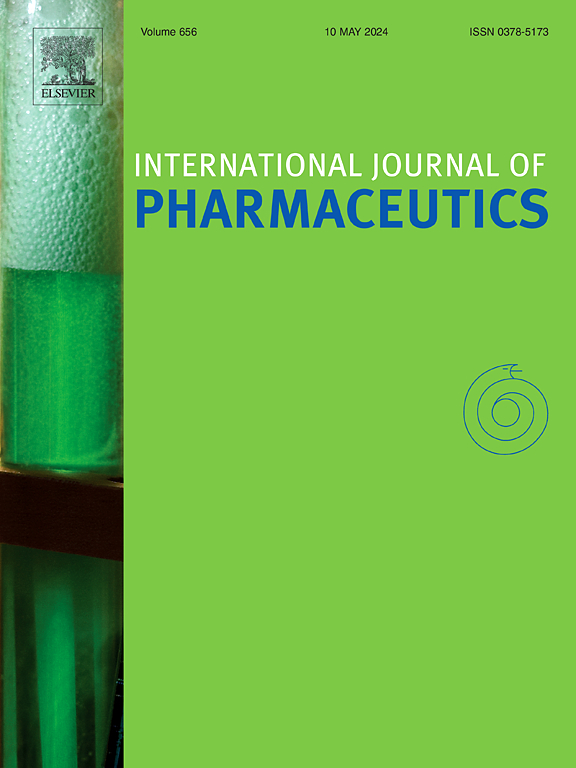机器学习强化了药物悬浮液的配方设计。
IF 5.3
2区 医学
Q1 PHARMACOLOGY & PHARMACY
引用次数: 0
摘要
人们研究了许多不同的制剂策略,以防止长期或慢性疾病的治疗效果不佳,其中之一是制备纳米和微悬浮液作为长效注射剂,通过研磨调节颗粒大小,在规定时间内延长活性药物化合物的释放时间。通常,在加工过程中会在悬浮液的分散介质中添加表面活性剂和/或聚合物,以达到稳定的目的。然而,目前使用研磨技术进行的配方研究在很大程度上是基于先前的专业知识和试错方法。各种相互影响的参数,如研磨珠的大小、稳定剂的类型和浓度等,都对研磨过程的研究造成了困扰。本研究系统地利用统计和机器学习(ML)策略来了解全因子研磨实验中悬浮特性与配方参数之间的关系。稳定剂浓度被确定为一个重要因素(p 50)。基于 72 个配方数据点,构建了一个配方稳定性分类 ML 模型,该模型在 10 倍交叉验证下具有较高的预测准确率(0.91)和 F1 分数(0.91)。通过夏普利加法解释(SHAP)对模型进行解释,发现稳定剂浓度和研磨珠粒度对制剂稳定性的影响非常显著。本研究表明,通过对制剂筛选数据进行可解释的 ML 建模,有可能加深对纳米和微悬浮剂设计和优化的理解。本文章由计算机程序翻译,如有差异,请以英文原文为准。

Machine learning strengthened formulation design of pharmaceutical suspensions
Many different formulation strategies have been investigated to oppose suboptimal treatment of long-term or chronic conditions, one of which are the nano- and microsuspensions prepared as long-acting injectables to prolong the release of an active pharmaceutical compound for a defined period of time by regulating the size of particles by milling. Typically, surfactant and/or polymers are added in the dispersion medium of the suspension during processing for stabilization purposes. However, current formulation investigations with milling are heavily based on prior expertise and trial-and-error approaches. Various interacting parameters such as the milling bead size, stabilizer type and concentration have confounded the investigation of milling process. The present study systematically exploited statistical and machine learning (ML) strategies to understand the relationship between suspension characteristics and formulation parameters under full-factorial milling experiments. Stabilizer concentration was identified as a significant factor (p < 0.001) for median suspension diameter (D50). A formulation stability classification ML model with high prediction accuracy (0.91) and F1-score (0.91) under 10-fold cross-validation was constructed based on 72 formulation datapoints. Model interpretation through Shapley additive explanations (SHAP) revealed the prominent impact of stabilizer concentration and milling bead size on formulation stability. The present work demonstrated the potential to achieve a deeper understanding of the design and optimization of nano- and microsuspensions through explainable ML modelling on formulation screening data.
求助全文
通过发布文献求助,成功后即可免费获取论文全文。
去求助
来源期刊
CiteScore
10.70
自引率
8.60%
发文量
951
审稿时长
72 days
期刊介绍:
The International Journal of Pharmaceutics is the third most cited journal in the "Pharmacy & Pharmacology" category out of 366 journals, being the true home for pharmaceutical scientists concerned with the physical, chemical and biological properties of devices and delivery systems for drugs, vaccines and biologicals, including their design, manufacture and evaluation. This includes evaluation of the properties of drugs, excipients such as surfactants and polymers and novel materials. The journal has special sections on pharmaceutical nanotechnology and personalized medicines, and publishes research papers, reviews, commentaries and letters to the editor as well as special issues.

 求助内容:
求助内容: 应助结果提醒方式:
应助结果提醒方式:


